By Thuy Dang, Etienne Delattre and Sophie Lewis
Once again it has become clear that for any positive change to occur regarding healthy forests, regular and genuine dialogue is needed amongst stakeholders. This became even clearer while reflecting on the People and Forests Forum that took place last week. Genuine dialogue, however, is a complicated phrase, meaning that an open and safe space must be provided that allows participants to get well informed facts, debate ideas, confront opinions, craft new initiatives, and plan innovative actions. In this respect, it was heartening to witness the young generation taking a stand at the Forum: here a group of young self-entrepreneurs promoting their new eco-friendly forest products, there a young student taking the lead in facilitating discussions on responsible practices for better governance.

As The Nation, a Thailand based newspaper, noted in a recent article about the Forum, the people hold the power to urge governments to incorporate the principles of good forest governance into their policies and practices. Without the “people,” we cannot ensure the health of our forests and the communities that depend on them.
The European Union-funded Voices for Mekong Forests (V4MF) Project understands the importance of including the collective “us” in bringing about change. Prior to the Forum, partners and representatives of V4MF attended the CSO Forum on Social Forestry in ASEAN in Da Nang (Viet Nam), alongside a cohort of 50 civil society organizations (CSOs) working on forest governance issues. Soon after, they took part in the ASEAN Timber Legality Assurance Workshop in Chiang Mai (Thailand) alongside other peers and representatives from the private sector and government ministries. In each of these events, partners gained valuable insights on best practices in the region and were provided the opportunity to reaffirm the crucial role that CSOs play in supporting, strengthening and monitoring forest governance systems on behalf of ”us”. Their active contribution in these events reflected the impact that genuine dialogue has towards more transparency, accountability, fairness and inclusiveness in forest governance systems.
This is not a new realization, of course. For decades, CSOs throughout the Mekong region have played a key role in supporting and advocating for the rights of forest-dependent peoples and improved forest governance. They may work on a myriad of issues at the same time, such as on forest and climate change, forest conservation and restoration, small and micro enterprises development, empowering women and indigenous people, among many others, and at their appropriate scale: in one community, district or province, or at the top ministerial level. Yet oftentimes in this region, they have to operate in challenging circumstances. In some countries, CSOs are still able to function relatively independently and dare to openly criticize governmental wrongdoings that affect the status and health of our forests and communities; in other countries however, they must operate in a delicate environment with a more limited scope for voicing and advocating for the rights of the forest people, at times even at great risk.
There are avenues that allow CSOs to express their views on forest governance through genuine multi- stakeholder dialogues; one is through the negotiations surrounding the Voluntary Partnership Agreement (VPA), which is part of the Forest Law Enforcement, Governance and Trade (FLEGT) initiative. The FLEGT-VPA is a bilateral trade agreement between a country and the (EU) that aims to reduce illegal logging by ensuring that all agreed upon timber and timber products in the VPA annexes are legally verified throughout their supply chain and certified accordingly for export to the EU market. Throughout the negotiations process between the EU and governmental authorities, a strong CSO network may ensure that any related policy or practice does not adversely impact forest communities and forest smallholders. In addition, it creates an opportunity for CSOs to advocate within a state-sponsored forum for the need of continued good governance and land and resource rights for forest people.
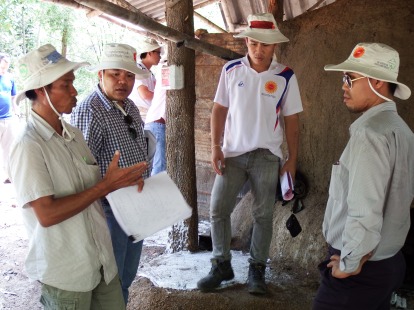
The V4MF project stands by their side in this process, seeking to equip them with the best knowledge, skills and tools to voice informed opinions and game-changing contributions. To that effect, it recently supported a forest governance assessment in the five Mekong countries that was led and conducted by the CSO partners themselves. Six policy briefs resulted from it that portray their views on the status and performance of forest governance principles in the region. The study found that in each of the countries, issues of poor forest governance continue to persist. Such findings are supported by several other recent publications and were apparent during a lively debate during the recent ASEAN FLEGT event in Chiang Mai.
These events only reemphasize the constant need for strong CSO networks throughout the region if we are to ensure that an independent monitoring of forest governance ultimately takes place in each country as part of the implementation phase of the FLEGT process. In preparation for that, the partners of the V4MF Project continue to advance their good work, amplify people’s voices and strategically target key working groups and networks to address the remaining issues and gaps in forest governance. In so doing, we continue to propose constructive and contributing actions because ultimately, good governance is absolutely key!


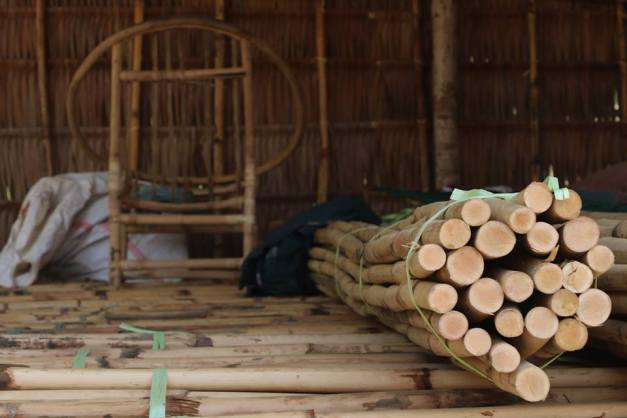
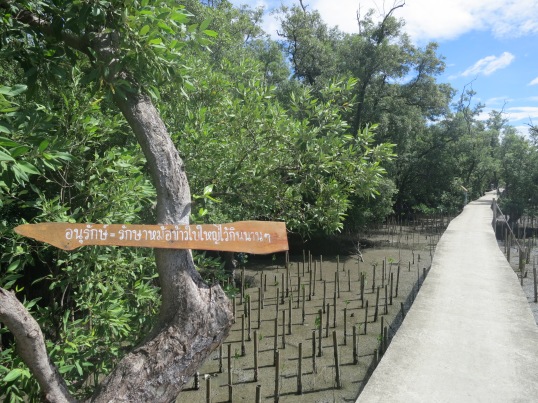
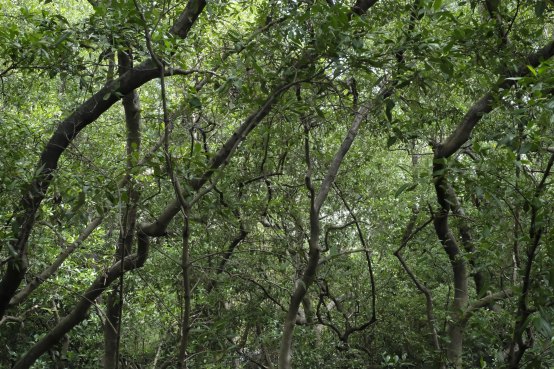



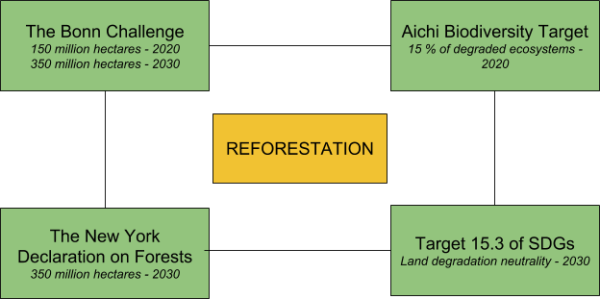

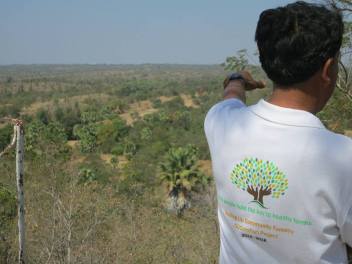







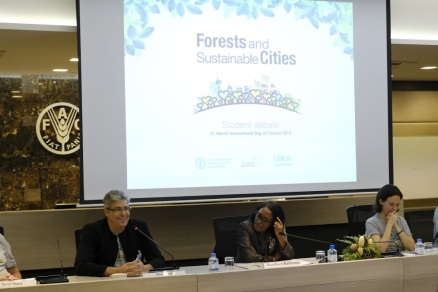








 For the past ten years, Stora Enso Lao PDR (SEL), a Scandinavian plantation/Agroforestry Company, has been working with local communities in Savannaketh, Saravanh and Khammuan provinces in the south to plant eucalyptus trees on leased and rented land. This is not a small operation either. SEL agroforestry model currently covers a total area of 3,000 ha, which overlaps with approximately 2,350 households in 47 villages and 9 districts. Not only does SEL benefit from this engagement, they also bring benefits to local communities through land leasing, a village development fund, the provision of labour via a plantation model, unexploded ordnance clearing, and rice and other crop production between the tree spaces, whereby trees are planted in rows separated by 9 meters. The Stora Enso model can be seen as a responsible forest business model, which with the support of RECOFTC and local partners can be further scaled up to improve livelihoods for a larger population, including in the areas of gender equality, food security and access to markets.
For the past ten years, Stora Enso Lao PDR (SEL), a Scandinavian plantation/Agroforestry Company, has been working with local communities in Savannaketh, Saravanh and Khammuan provinces in the south to plant eucalyptus trees on leased and rented land. This is not a small operation either. SEL agroforestry model currently covers a total area of 3,000 ha, which overlaps with approximately 2,350 households in 47 villages and 9 districts. Not only does SEL benefit from this engagement, they also bring benefits to local communities through land leasing, a village development fund, the provision of labour via a plantation model, unexploded ordnance clearing, and rice and other crop production between the tree spaces, whereby trees are planted in rows separated by 9 meters. The Stora Enso model can be seen as a responsible forest business model, which with the support of RECOFTC and local partners can be further scaled up to improve livelihoods for a larger population, including in the areas of gender equality, food security and access to markets.

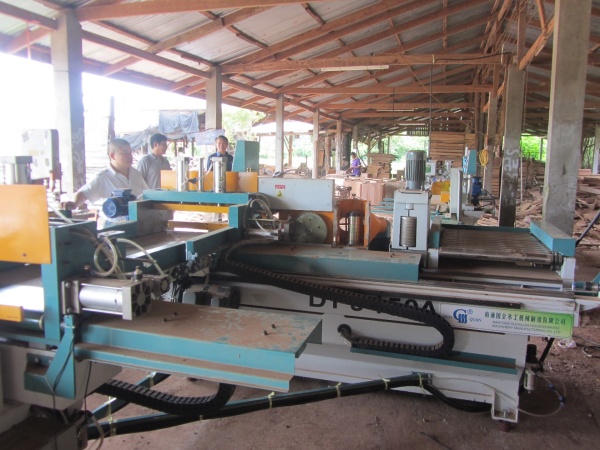

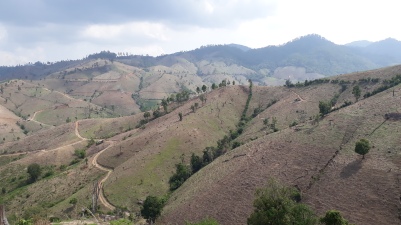



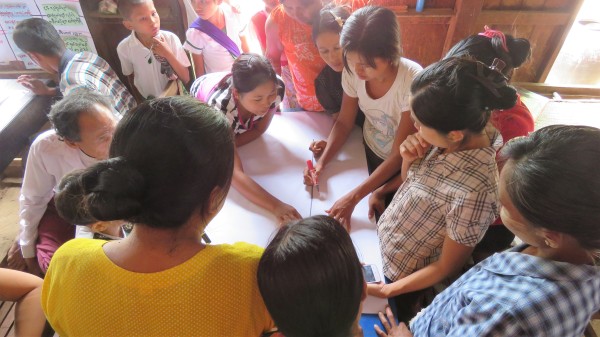










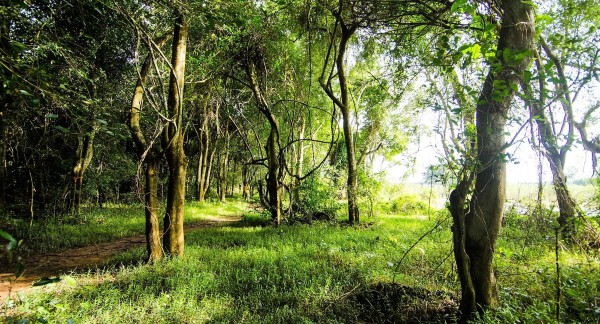

 Local communities’ involvement in forest management is viewed in various ways; one widely used theoretical term for this is ‘community forestry’ (CF). It refers to ‘initiatives, science, policies, institutions and processes that are intended to increase the role of local people in governing and managing forest resources’. The argument goes that the more local people are aware of and are protected by rights, the higher is the likeliness that their way of living will contribute to healthy forests. In other words, local people hold the key to sustainable forest management. [1]
Local communities’ involvement in forest management is viewed in various ways; one widely used theoretical term for this is ‘community forestry’ (CF). It refers to ‘initiatives, science, policies, institutions and processes that are intended to increase the role of local people in governing and managing forest resources’. The argument goes that the more local people are aware of and are protected by rights, the higher is the likeliness that their way of living will contribute to healthy forests. In other words, local people hold the key to sustainable forest management. [1]

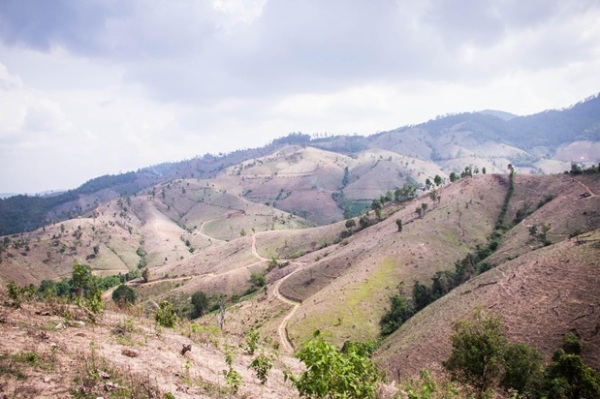

The Soft Voices of Community Forestry
This article is a guest blog by Thuan Sarzynski, a member of the International Forestry Students’ Association (IFSA). Thuan also conducted interviews with participants at the event. To read these interviews, please visit his Medium site!
RECOFTC – The Center for People and Forest was created in 1987 with the will to “improve the policies, institutions and practices of community forestry” in Southeast Asia. Such a will is shown through its staff. Rejani Kunjappan, who has been working as a trainer with RECOFTC for six years, wakes up every morning with the motivation to “give a voice to everybody and empower women and the youth,” as she told me recently. With a team of ten people, she designs courses, writes manuals and delivers trainings to promote a more inclusive vision of land management by reducing power asymmetries.
On the 18th of August, RECOFTC organized a forum at the Suan Plern market. This open setting gave the opportunity to people passing by to listen and learn more about community-based forest management. Community-based forest management, also referred to as Community Forestry or Social Forestry, is an approach to forest management that allows for local communities and smallholders to be a part of the decision making process about forest land management and its resources. Communities and stakeholders from Viet Nam, Thailand, Myanmar and other Southeast Asian countries were represented at this forum to exchange their experiences and present some of the forest-based products they made.
Copyright @ RECOFTC
In Thailand, RECOFTC cooperates with the Royal Forest Department to support forested communities obtain formal status. Khao Aypod, a senior forestry officer, explained to us the administrative process a forest community has to go through: “the community has to express what they want to do with the forest and elect a committee. After that, the community has to show that they have the skills to care the forest. All this process takes more than one year. A community gets a contract to use the forest for 10 years, then they have to renew it.”
Once they receive this formal status, the community can then get substantial financial support from the government to develop their business.
The V-Wan CFE organization from the province of Ratchaburi in Thailand has developed a community to manage a bamboo forest and sustainably utilize its wood. About 60 households are generating an income based on this business. They sustainably manage an area of 80 ha by cutting and replanting bamboo trees. The main bamboo species they are using is Dendrocalamus membranaceus, a species that grows fast and is ready to be harvested after only two years. The community makes bamboo mats and processes the bamboo waste into a wood pulp. This process allows them to make different items such as plates, frames and recipients. The goal of the organization is to engage new farmers and especially young people into the local bamboo business.
“Youth who can’t go to study at the city and stay in the rural area can learn how to grow and process bamboo” said Pathawee Suksawat, a representative of the organization at the forum.
The organization also trains farmers to better manage the forests by planting 2000 bamboo trees every year on the harvested areas. The community learns how to take care of the seedlings and propagate bamboo trees. They also learn how to use the processing machines funded by the government to help them start their business.
The main challenge for this community is selling their products. They mainly sell at events and at their shop in Bangkok. Most of their customers are foreigners living in Bangkok. The lack of demand for sustainable products exists for many other organisations making forest-based products. Aroma Forest Hung Rung, an organization from the north of Viet Nam makes traditional medicines and cosmetics with wild forest plants. The project was funded by the Food and Agriculture Organization of the United Nations (FAO) and enabled people to buy the necessary machinery to make all the products. The future goal of these organizations is to find customers to buy their products, because if there is no buyers then farmers will not be able to continue producing sustainable products from the forests. Instead, they would probably move to the city to find a better job or deforest the land to cultivate crops.
To make their projects viable, these communities really need support and training to access markets and export their products abroad, which is where demand for sustainble goods is higher.
If you want to participate in or learn more about a system where rural communities are able to live on the sustainable management of their own natural resources, you may contact RECOFTC at http://www.recoftc.org.
Copyright @ RECOFTC
Written by Thuan Sarzynski
Share this:
Posted by RECOFTC on August 28, 2018
https://recoftc.wordpress.com/2018/08/28/the-soft-voices-of-community-forestry/